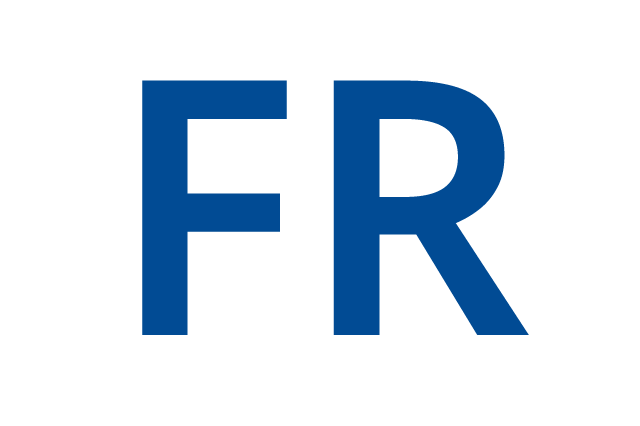
| Personal data | Research themes | Ongoing teaching | Publications |
CHAPMAN Tara



Units
Laboratory of Anatomy, Biomechanics and Organogenesis
The Laboratoires d'Anatomie, Biomécanique et Organogenèse (LABO, Faculty of Medicine) and d'Anatomie Fonctionnelle (LAF, Faculty of Human Motor Sciences) form a research group dedicated to human and animal anatomy, biomechanics and embryology. LABO/LAF's research is organized around complementary themes: biomechanics, modeling and functional assessment macroscopic and microscopic anatomy embryology and teratology forensic medicine and forensic anthropology HOX genes and ovarian function Neurobiomechanics Applied physical anthropology in paleoanthropology
Projetcs
This person isn't currently part of a projet.

